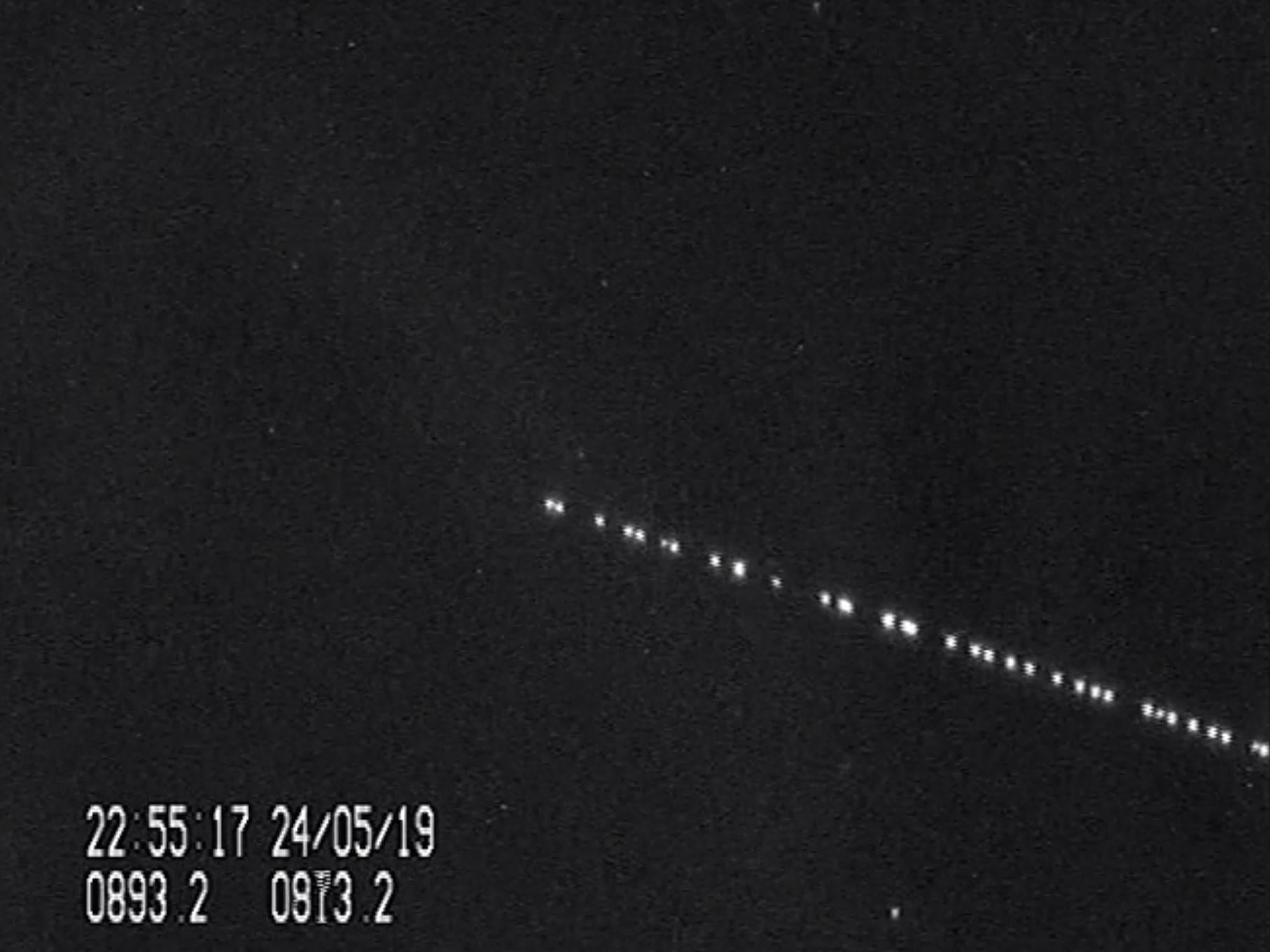A near-catastrophic collision between satellites orbiting the Earth was the result of a "bug", Elon Musk's SpaceX has revealed.
A constellation of satellites operated by the private space firm was on course to crash into one of the European Space Agency's satellites on Monday but narrowly avoided a collision after the ESA fired thrusters on its satellite.
In a series of tweets, the ESA said the manoeuvre took place just half an orbit before the potential collision and was initiated after the agency received an alert from the US Air Force.
SpaceX claimed it did not receive this alert about the imminent risk to its Starlink constellation of 60 satellites, which it launched earlier this year in a bid to provide internet coverage to under-served parts of the globe.
"A bug in our on-call paging system prevented the Starlink operator from seeing the follow on correspondence on this probability increase," SpaceX said in a statement.
"Had the Starlink operator seen the correspondence, we would have coordinated with ESA to determine best approach with their continuing with their manoeuvre or our performing a manoeuvre."
The space firm said it was investigating the issue and would "implement corrective actions".
SpaceX hopes to eventually launch up to 12,000 Starlink satellites in order to provide universal broadband coverage around the world.
Mr Musk previously warned that there would likely be problems with the first batch of satellites, as such an endeavour has not been undertaken before.
"Much will likely go wrong on first mission," he tweeted in May. "Also, six more launches of 60 satellites needed for minor coverage, 12 for moderate."
A minimum of 1,000 Starlink satellites will be needed for the space-based internet to be economically viable, he added.
Shortly after the launch of the first 60 satellites, star gazers in the Netherlands reported seeing "UFOs" passing across the night sky.

The ESA revealed that it performed 28 collision avoidance manoeuvres in 2018, though noted the vast majority were "the result of dead satellites or fragments from previous collisions".
Avoidance manoeuvres are very rare between active satellites but the space agency warned that such incidents will become more common with the arrival of mega constellations such as those sent by SpaceX.







